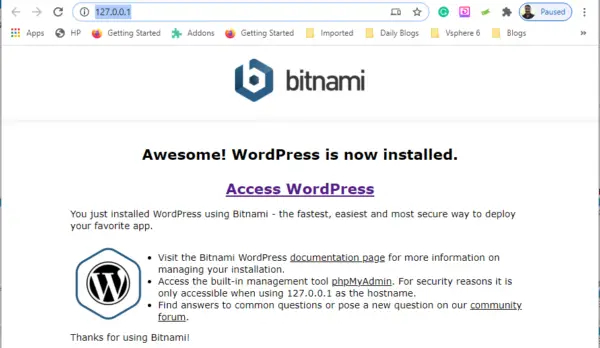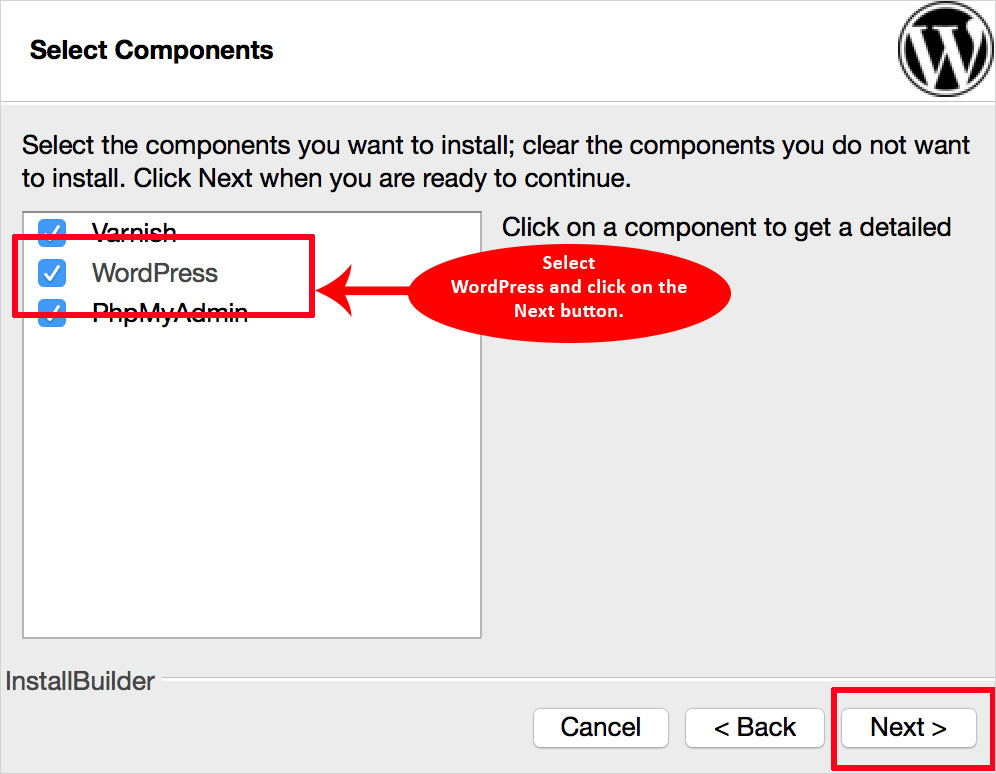


Edit the main Apache configuration files #įinally, you’ll need to edit the “/path/to/bitnami/apache2/conf/nf” file so it will recognize the new app. Save this file as “.conf” in the “conf” directory you created earlier. The first two lines are important – they tell the server where to go whether or not you leave the last “/” off the URL. Paste the following into a text file, and replace your app’s directory as necessary: You’ll need to create a configuration file that tells the web server where the app is located (in Apache-speak, we’re creating an “alias”). Inside this directory, create two others: “conf” (which holds configuration files) and “htdocs” (which will hold the app’s files and folders).

I’ll be installing our old friend FengOffice for this, so mine’s named “fengoffice“. But first, you’ll need to create a few directories of your own:Ĭreate a new “myapp” folder, where “myapp” is the name of what you’re installing. Inside the directory where you installed BitNami, you’ll find an “apps” folder – this is where you’ll place your app.
Bitnami wordpress stack native installer install#
They create the correct directory structure in the BitNami installation folder to hold all the files, including a logo/icon and description They change the main Apache configuration file to include your new app Lastly, they install a configuration file in your application’s folder to direct new requests In addition to installing and configuring the application itself, the BitNami modules take some additional steps to integrate that application into the base platform: Once you’ve completed it, start and stop your Stack to make sure everything went smoothly. If not, grab the latest “LAMPStack” here and run through the installation process. If you heeded the advise in the previous article, you installed one of the “Infrastructure” stacks, and installed an application such as SugarCRM as a module on top of it.


 0 kommentar(er)
0 kommentar(er)
